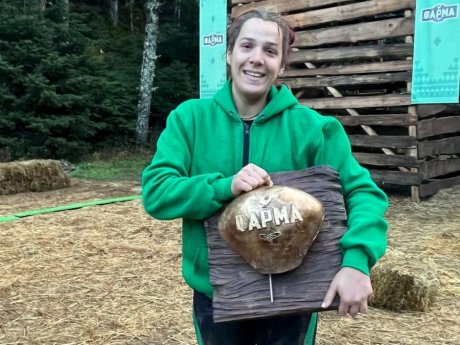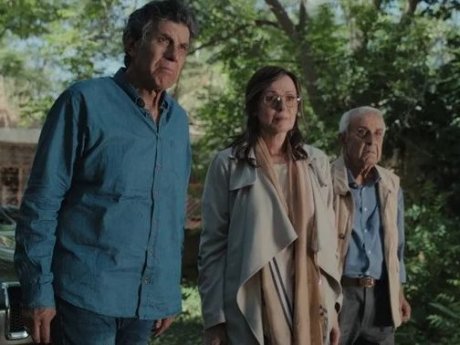The Caryatids indicate Hephaestion
The associate professor of history and archeology at the University of Cyprus Mr. Theodoros Mavrogiannis is totally convinced of the existence of a tomb which belongs to Hephaestion, a general and close friend of Alexander the Great.

All findings show a magnificent monument - a monument for the close friend and general of Alexander the Great, Hephaestion, who lost his life shortly before the death of the Macedonian Commander.
Speaking on the show of MEGA "Anatropi", the professor emphasizes that all indications lead to Hephaestion that would be the only one who could be buried with such honors, as probably was the mandate given by the same Alexander the Great.
The Caryatids indicate Hephaestion
Based on ancient written sources, especially in the historic Diodorus Siculus (80-20 BC) Mr. Mavrogiannis concludes that in the tomb of Amphipolis is the ash of Hephaestion.
The origin of Hephaestion was Athenian and many inhabitants of Amphipolis were of Athenian Origin, says the historian.
"According to a 1991 study, the father of Hephaestion, Amyntor, was an Athenian citizen. The Caryatids indicate the Athenian origin of Hephaestion."
According to the professor there is no historical evidence that leads to the burial of Hephaestion in Babylon.
"He died in November 324 BC in Ecbatana in Media and we have evidence from the Diodorus Siculus, Arrian and Plutarch about his funeral. His dead body was burned in a particular building, which was called 'Fire'. None ancient writer does say that the tomb of Hephaestion is in Babylon", said the professor.
Essentially Mr. Mavrogiannis is an advocate of the theory that Alexander the Great ordered the burial of his friend in Amphipolis, which intended to be the capital of the vast empire he had created.
"I think that the monument should be built between 322 and 318 BC. Of course we have to wait for confirmation of the ceramics; But here there is a pseudo-isodomic masonry, which dated accurately. This is not enclosure masonry; it is the platform with the "crowning" of the Tomb and is similar with the sample of the walls of the building of Samothrace called 'Sanctuary'. There is an inscription, 323-317 BC", said the professor in the show of Giannis Pretenteris.
New scenarios, new theories and the mystery continue.
Trending




















